KFC Singapore launches Thai-Thai menu and Butterbear collab
KFC taps Thai street food and Bangkok’s Butterbear to boost seasonal engagement.
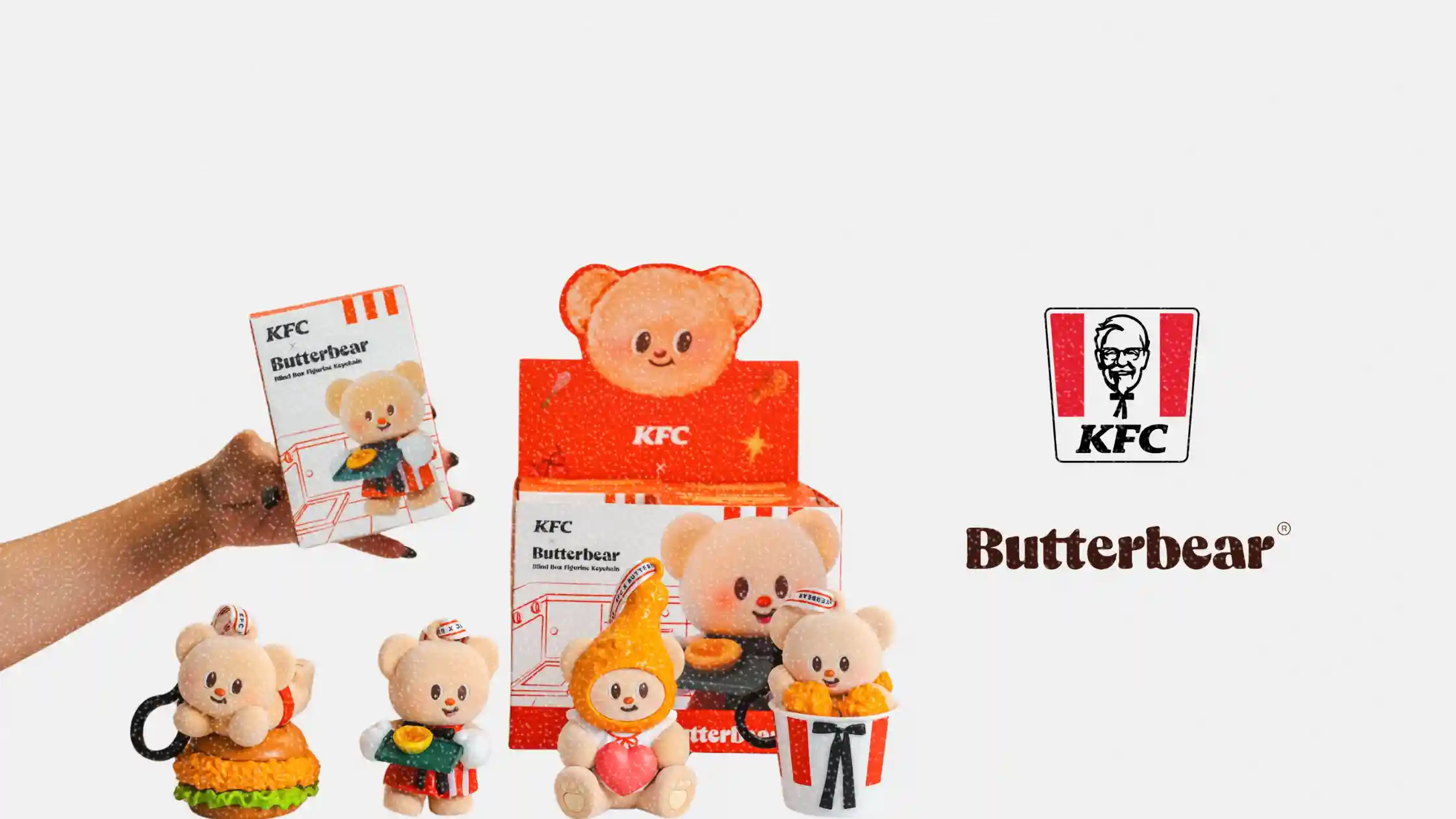
KFC Singapore is dialing up regional flavors and pop culture with its latest launch: a Thai-inspired limited-time menu and a collectible collaboration with Bangkok’s viral mascot, Butterbear.
Kicking off on 15 October and running through 25 November 2025, the new “Thai-Thai saucy chicken” range draws inspiration from Thai street food and pairs KFC’s signature crispy chicken with a sweet, tangy, and spicy sauce. But it’s not just about flavor.
KFC is also tapping into the collector economy by introducing exclusive Butterbear merchandise including blind-box figurines, plush bags, and branded socks, adding a layer of experiential fandom to the campaign.
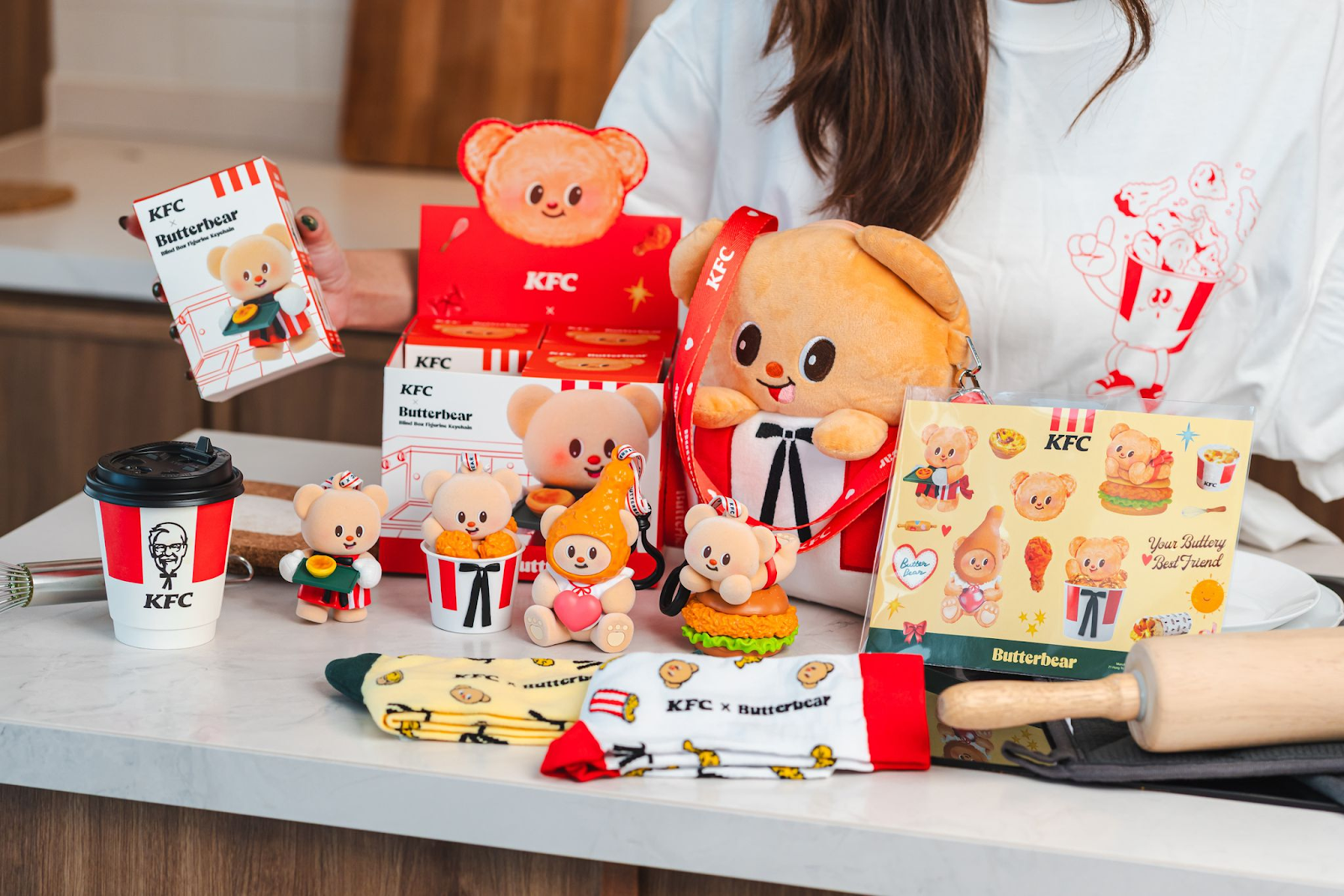
This article explores how the QSR brand is mixing culinary trends with fan-focused merchandise, and what it signals about KFC’s evolving approach to engagement in Southeast Asia.
Short on time?
Here’s a table of contents for quick access:
- What’s new in KFC’s Thai-Thai launch
- The Butterbear factor: pop culture meets fast food
- Why this matters for brand marketers
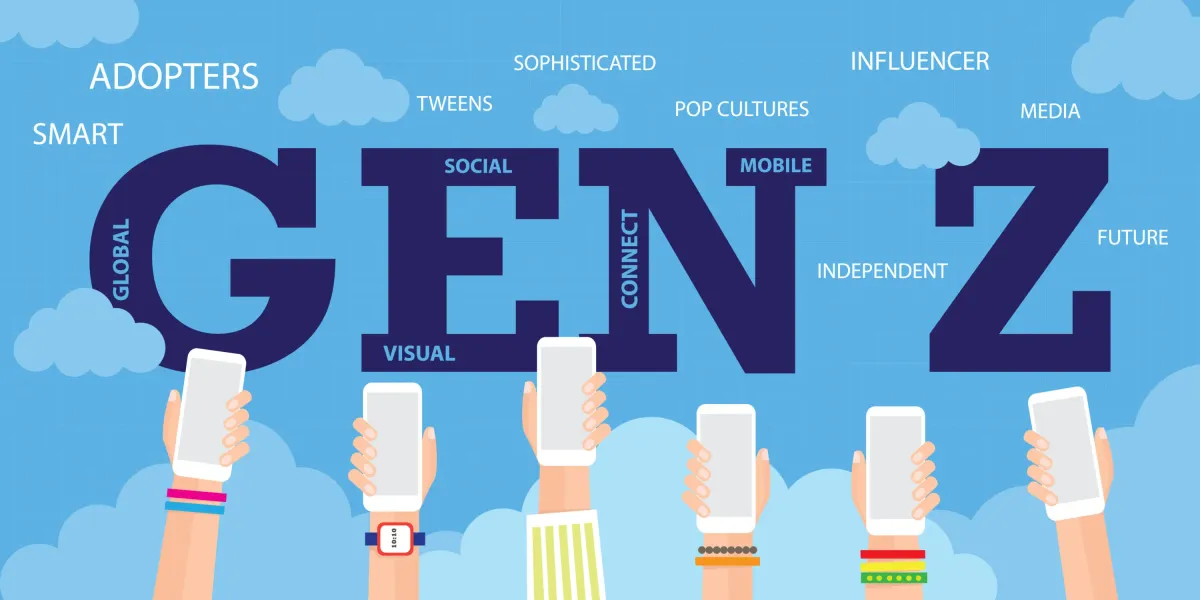
What's new in KFC's Thai-Thai launch
From 15 October to 25 November 2025, KFC Singapore is introducing three new menu items designed around Thai street food flavors:
- Thai-Thai saucy chicken
- Thai-Thai saucy bites
- Thai fritters with condensed milk
The dishes are tailored for Singaporeans’ love of spicy-sweet flavors, bringing a localized twist to the global QSR’s lineup. These seasonal offerings follow a pattern KFC has tested in various markets, blending local culinary cues with their core product formats.
To create more touchpoints with consumers, KFC is offering the new items across dine-in, takeaway, delivery, and Grab, with purchasing mechanics varying by channel.
The Butterbear factor: pop culture meets fast food
KFC isn’t stopping at food. The brand is also launching a line of exclusive Butterbear collectibles, available via meal box purchases. The mascot, a viral icon from Bangkok known for its cheerful vibe and danceable charm, is featured in four blind-box figurines:
- Egg tart Butterbear
- Zinger Butterbear
- Drumstick Butterbear
- Bucket Butterbear
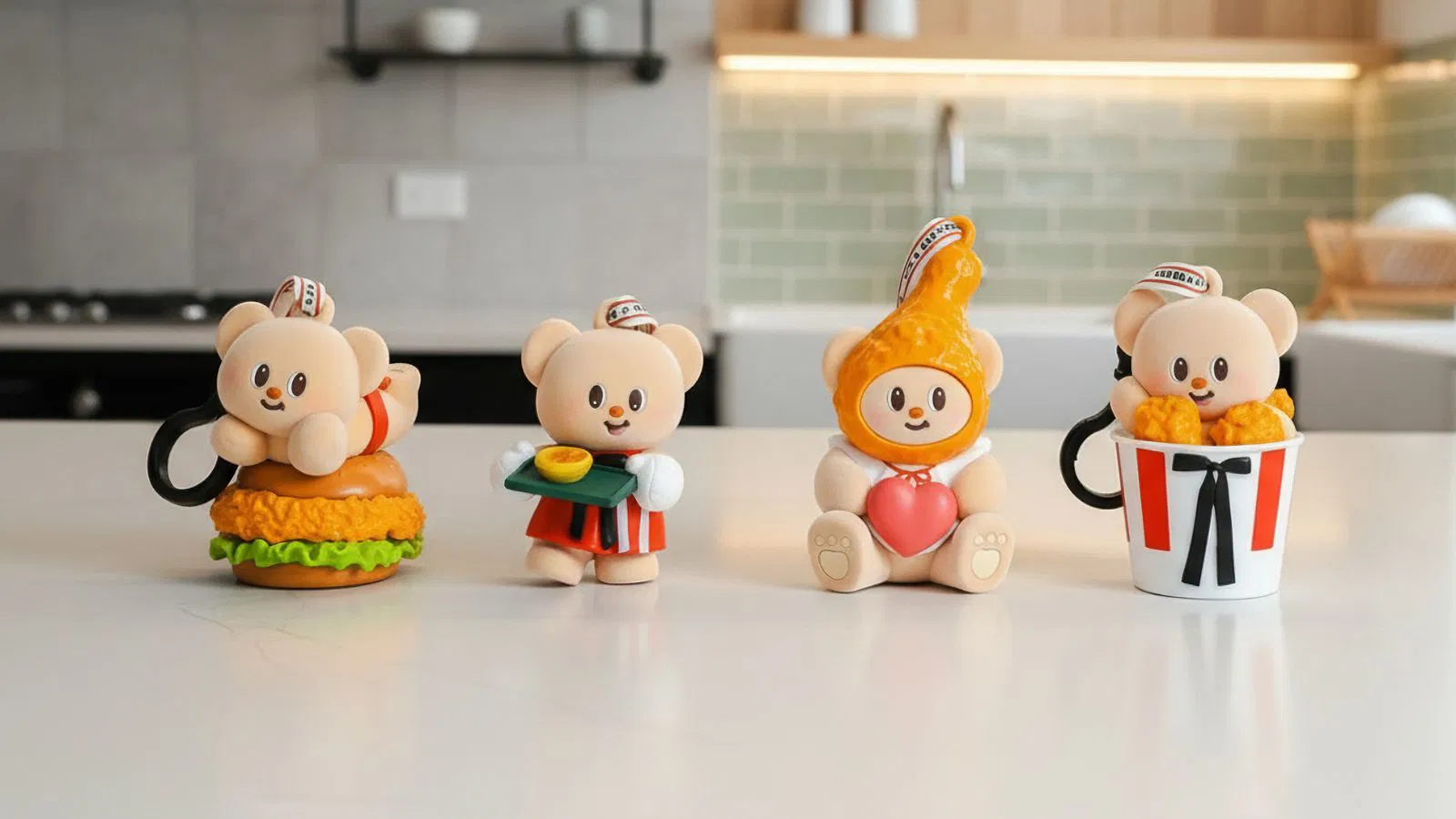
The campaign builds on KFC’s track record of character-led merchandise. In Malaysia, the brand recently introduced a trio of plush toys named Kepcibaras. These fictional ex-zoo capybaras became obsessed with fried chicken and now serve as mini mascots in their own right. This kind of playful storytelling turns ordinary campaigns into fandom-building ecosystems.
Also joining the lineup are Butterbear-themed socks, sticker sheets, and a plush crossbody bag, the latter launching 29 October at select outlets in limited quantities. To manage scarcity and demand, KFC is capping per-customer purchases.
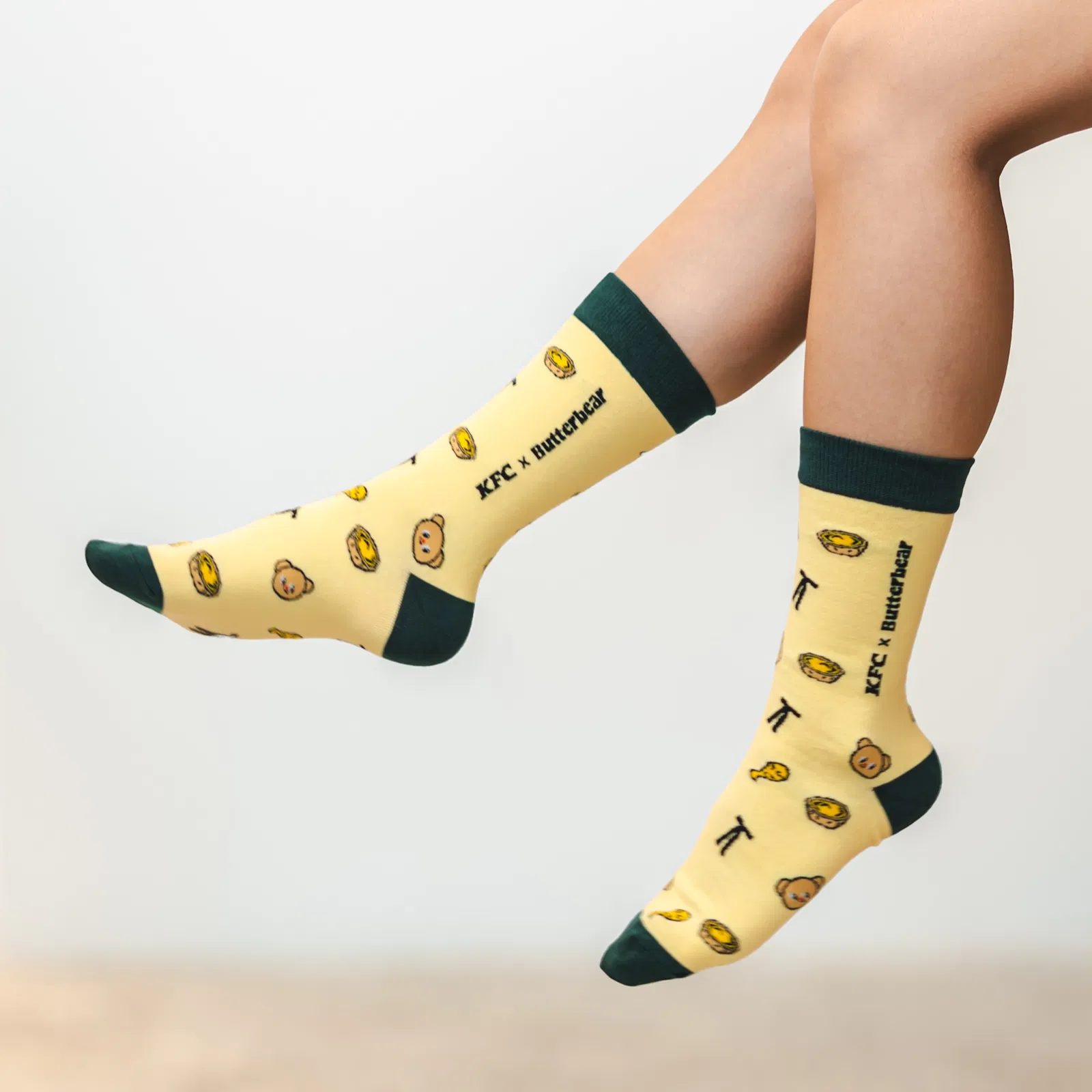
Why this matters for brand marketers
KFC’s Singapore campaign offers useful insights for marketers looking to marry food innovation with cultural relevance. Here are a few takeaways:
1. Pop culture collaborations are now core brand strategy
Gone are the days of novelty tie-ins. KFC’s use of Butterbear isn’t a sideshow. It’s a central pillar of the campaign. The mascot appeals to collectors, younger consumers, and social media culture, making the collaboration a vehicle for brand engagement, not just visibility.
2. F&B is becoming experiential retail
The drop model, which combines limited-time offers with merchandise, borrows from streetwear and K-pop fandoms. With blind boxes, scarcity caps, and timed releases, KFC is applying tactics often seen in hype-driven retail to fast food. The result is a campaign that drives repeat visits and virality.
3. Multichannel execution increases campaign elasticity
Offering different purchase mechanics across dine-in, delivery, and Grab isn’t just logistical. It’s strategic. It gives KFC more chances to convert users in their preferred channel, all while maintaining campaign exclusivity.
4. Localization keeps global brands culturally sticky
By channeling Thai street food and working with a Bangkok-based IP, KFC continues to show how regional relevance can serve as a differentiator. This is particularly key in a multicultural market like Singapore, where flavor familiarity can drive interest and trial.
KFC Singapore’s Thai-Thai Butterbear campaign underscores a growing trend in QSR marketing. Brand experiences that stretch beyond the tray.
For marketers, it’s a signal that engagement is no longer just about what you serve. It’s about what story you let your customers take home.




